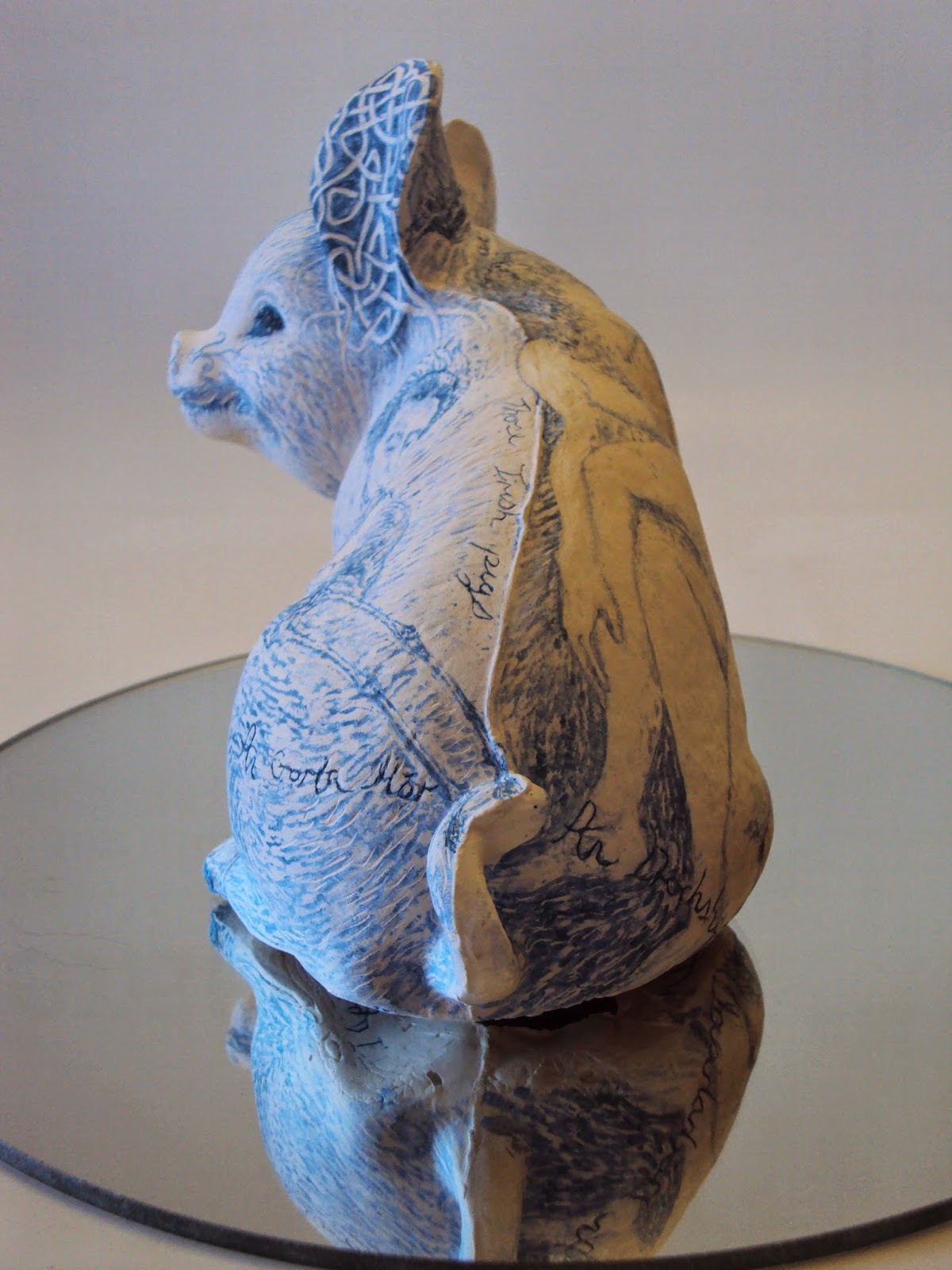 |
| Ann-Marie Tully, Irish pigs I, ceramic, cobalt oxide, mirror, glass. 280mm x 300mm. |
 |
| Ann-Marie Tully, Irish pigs I, ceramic, cobalt oxide, mirror, glass. 280mm x 300mm. |
 |
| Ann-Marie Tully, Irish pigs I, ceramic, cobalt oxide, mirror, glass. 280mm x 300mm. |
 |
| Ann-Marie Tully, Irish pigs I, ceramic, cobalt oxide, mirror, glass. 280mm x 300mm. |
 |
| Ann-Marie Tully, Irish pigs I, ceramic, cobalt oxide, mirror, glass. 280mm x 300mm. |
 |
| Ann-Marie Tully, Irish pigs I, ceramic, cobalt oxide, mirror, glass. 280mm x 300mm. |
 |
| Ann-Marie Tully, Irish pigs I, ceramic, cobalt oxide, mirror, glass. 280mm x 300mm. |
 |
| Ann-Marie Tully, Irish pigs I, ceramic, cobalt oxide, mirror, glass. 280mm x 300mm. |
 |
| Ann-Marie Tully, Irish pigs I, ceramic, cobalt oxide, mirror, glass. 280mm x 300mm. |
 |
Ann-Marie Tully, Irish pigs I, ceramic, cobalt oxide, mirror, glass.
280mm x 300mm. |
 |
| Ann-Marie Tully, Irish pigs I, ceramic, cobalt oxide, mirror, glass. 280mm x 300mm. |
 |
Ann-Marie Tully, Irish pigs I, ceramic, cobalt oxide, mirror, glass.
280mm x 300mm. |
 |
| Ann-Marie Tully, Irish pigs I, ceramic, cobalt oxide, mirror, glass. 280mm x 300mm. |
 |
Ann-Marie Tully, Irish pigs I, ceramic, cobalt oxide, mirror, glass.
280mm x 300mm. |
 |
| Ann-Marie Tully, Irish pigs I, ceramic, cobalt oxide, mirror, glass. 280mm x 300mm. |
The
Irish pigs series (2014) of cobalt oxide-painted ceramic pig sculptures
reflects on the obscuration of animal beings in human visual culture. The
choice of pigs as an ‘animal-ground’ to paint onto is informed by human
indifference and repulsion towards these farmed animals – a position that
allows for the conscience-free consumption of pork. The prevalence of pigs in
art historical iconography is also a point of departure. The ceramic pig that
the works are based on is an ornamental piece striking in its ‘benevolent’ anthropomorphic
characteristics. This domestication of the animal is a phenomenon associated
with decorative and illustrative representations of animals, serving to obscure
the real creature. The slip-casting seams of the ceramic sculpture are not removed
from the sculptural form, thereby interrupting a ‘smooth’ transition from the
animal-in-the-world into the realm of human consumption. The decorative cobalt
oxide painting on the frog-surfaces references the Willow, Oriental and Delft
ceramic traditions that frequently employ nature motifs.
Thematically these works reference the
assassination of Lord Mountbatten by the Irish Republican Army, after which
Princess Anne was overheard saying ‘those Irish pigs’. This scorn for and
reduction of the Irish ‘to the level of pigs’ is a long-standing European
tradition. The works also reference the Kennedy dynasty – the tragic Irish
‘Camelot’. Artworks by artists of Irish origin such as James Abbott McNeill
Whistler are referenced; as well as artworks by artists who courted controversy
and were scorned and maligned (such as Jean Désiré Gustave Courbet and Amedeo
Clemente Modigliani); also referencing artists who have used pig bodies and
iconography in their artwork such as Wim Delvoye. Sources relating to the
potato famines and the mass Irish immigrations that followed are juxtaposed
with images drawn from photographs of my Irish immigrant families (Tully and
McCarthy) who came to South Africa. The South African experiences and liminal
identities of these Irish ancestors is considered in these works, which also
allude to the colonial legacy in Africa that reduced human beings ‘to the level
of animals’ – posing the rhetorical question: could the reduction of otherness exist without the category of the
animal.















They are beautiful AnnMarie.
ReplyDeleteHa...one of these days I will make art again.
All this flippin darkness to wade through.